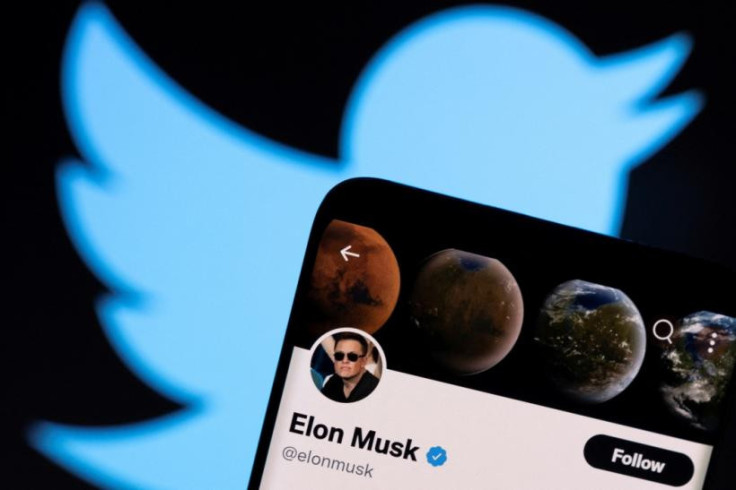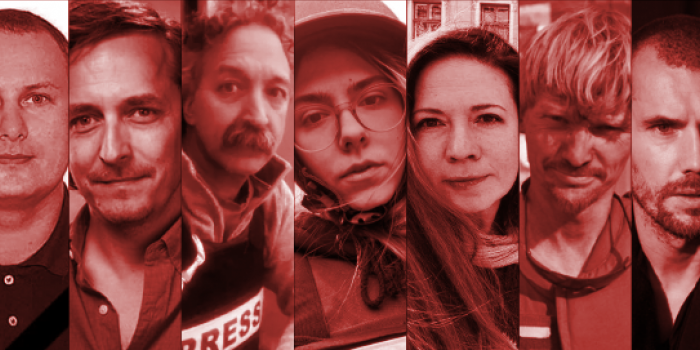The IAEA Director-General says "we have to be on alert" over the situation in Chernobyl.
The head of the International Atomic Energy Agency (IAEA) has called Russia's temporary occupation of the Chernobyl nuclear power station "very, very dangerous" and offered to help Ukraine repair damage caused to the stricken plant.
Key points:
On the same day as the anniversary, Russia fired rockets over Chernobyl and two other functioning nuclear power stations, killing at least one person
The IAEA said it would help Ukraine repair the damage caused by Russian forces to the defunct nuclear power plant
Rafael Grossi, the IAEA's director-general, was speaking on the 36th anniversary of the world's worst civil nuclear power disaster at the plant when its fourth reactor caught fire and exploded on April 26, 1986.
"The situation was absolutely abnormal and very, very dangerous," Mr Grossi told reporters outside the station 140 kilometres north of Kyiv.
"It could have developed into an accident."
Ukrainian President Volodymyr Zelenskyy denounced Russian behaviour at the site and said Moscow had shown total disregard for nuclear safety on the anniversary by sending rockets over Chernobyl and two other functioning nuclear power stations.
Mr Zelenskyy, in his nightly video, said the Russians' conduct after taking over the plant meant "it appears they have no understanding what Chernobyl is at all".
He said Russian troops had stolen equipment used to measure radiation at the site.
The IAEA chief visited the site of the 1986 nuclear disaster to deliver equipment and lay a wreath in commemoration and speak with current workers.
Mr Grossi praised the staff at the power plant and said 'worst was avoided' thanks to their efforts.
"The first credit must go to the operators, to these people here because they carried on their work in spite of all the difficulties," he said.
"In spite of the stress, in spite of the fact that they could not be working normally, they continued working as if nothing had happened so they [could] get the situation stable."
Mr Grossi warned there was still much work to be done at the plant while Russia's invasion of Ukraine went on.
"We don't have peace yet... the situation is not stable, we have to be on alert."
'Special work' needed to fix damage caused by Russian forces
Speaking later in Kyiv after talks with Mr Zelenskyy, Mr Grossi said the IAEA and Ukraine would take on "special work" at Chernobyl to restore "all the capacities there and the infrastructure that was damaged in the past few weeks".
"It is visible that there is damage and we are assessing that," Mr Grossi said after visiting the station.
Russia fires missiles over power plants
Ukraine's state-run atomic energy company said Russian missiles flew at low altitude over Europe's largest nuclear power plant in southern Ukraine, and reiterated warnings that Russia's invasion could lead to a "nuclear catastrophe".
Energoatom issued its latest warning about the risks caused by the war with Russia at the now-defunct Chernobyl plant, in what was then Soviet Ukraine.
The company said cruise missiles had flown over the Zaporizhzhia nuclear power plant on Tuesday during an air strike that local authorities said hit a commercial building in the city of Zaporizhzhia, killing at least one person.
"Missiles flying at a low altitude directly over the site of the ZNPP (Zaporizhzhia nuclear power plant), where there are seven nuclear facilities with a huge amount of nuclear material, poses huge risks," Petro Kotin, Energoatom's acting chief, said.
"After all, missiles could hit one or more nuclear facilities, and this threatens a nuclear and radiation catastrophe around the world," he said in a statement issued by Energoatom.
Energoatom said Russian troops, who had occupied the plant since March 4 when a blaze broke out in a building at the site after clashes between Russian and Ukrainian forces, were keeping heavy equipment and ammunition on the site.
"Thirty-six years after the Chernobyl tragedy, Russia exposes the whole world to the danger of a repeat of the nuclear catastrophe!" it said.
Chernobyl power cut
Russia did not immediately comment on Energoatom's statement.
Ukraine has 15 operational reactors at four plants of which seven are currently connected to the grid, including two at the Zaporizhzhia facility which is currently controlled by Russia.
Russian troops moved into the highly contaminated "exclusion zone" surrounding the Chernobyl plant days after launching their February 24 incursion.
It has previously offered safety assurances about Ukraine's nuclear power facilities.
Russian forces withdrew from the plant late last month.
Ukrainian officials earlier complained the troops had pulled heavy equipment through the zone, disturbing contaminated territory and sending up radioactive dust.
The troops for a time prevented staff from leaving the station, where they oversee large amounts of spent fuel and other radioactive materials.
ABC/Reuters
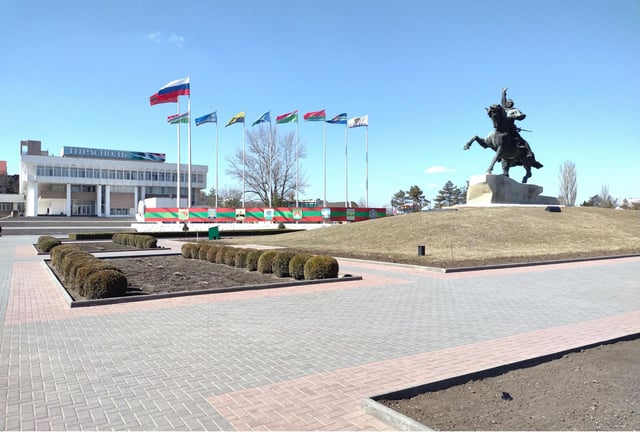


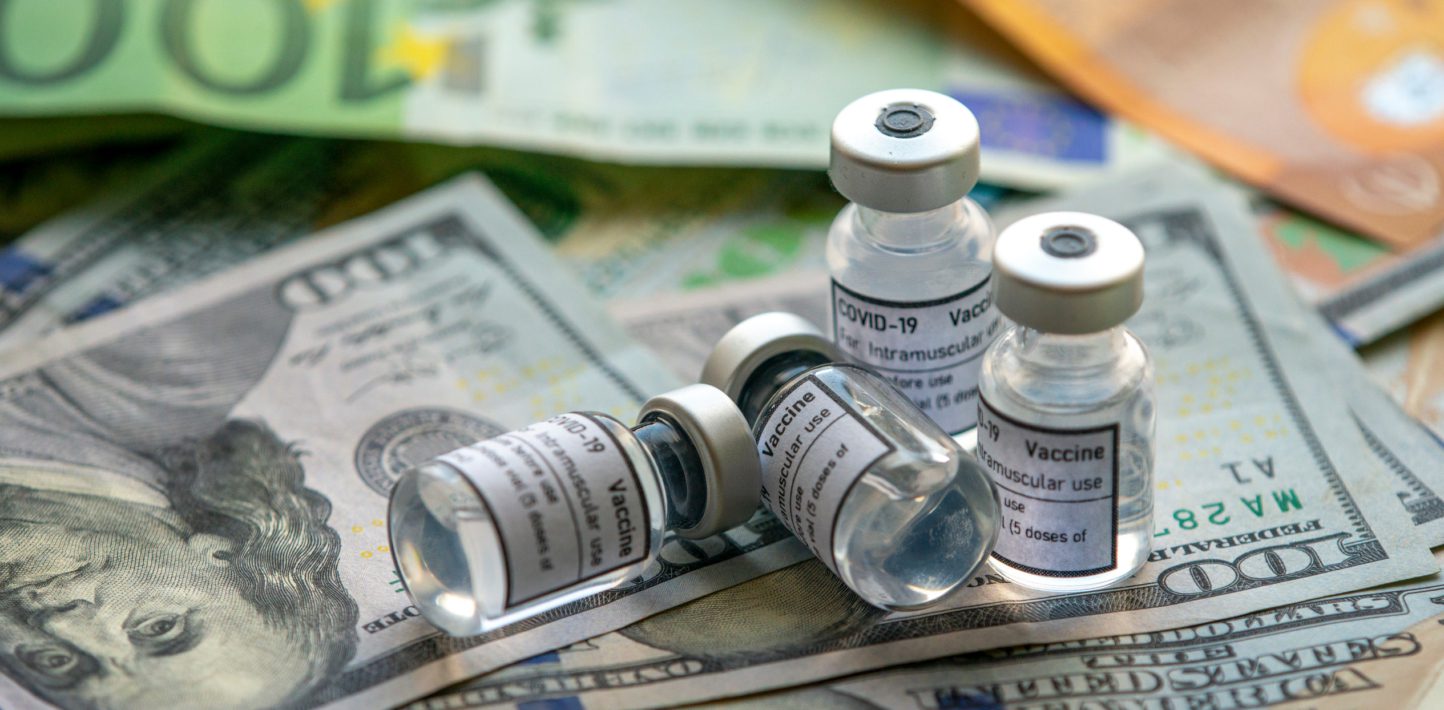

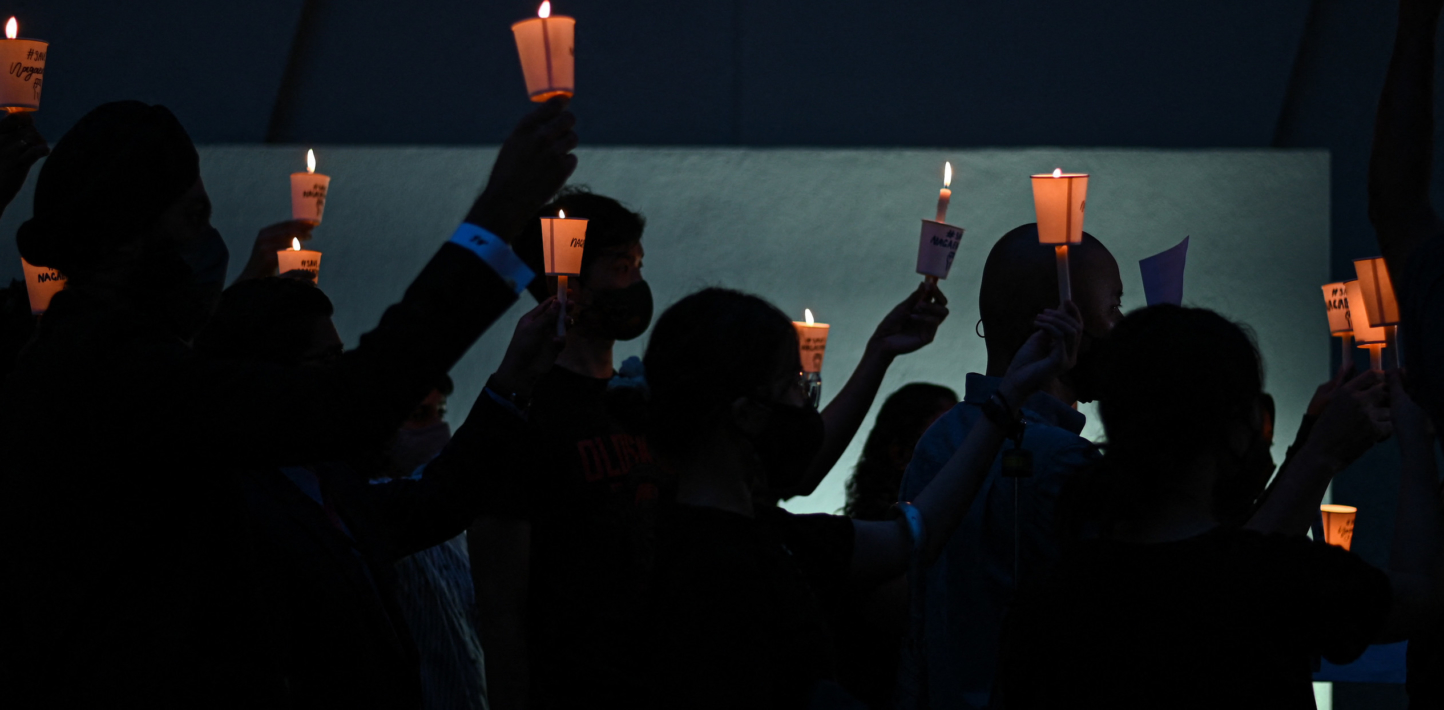




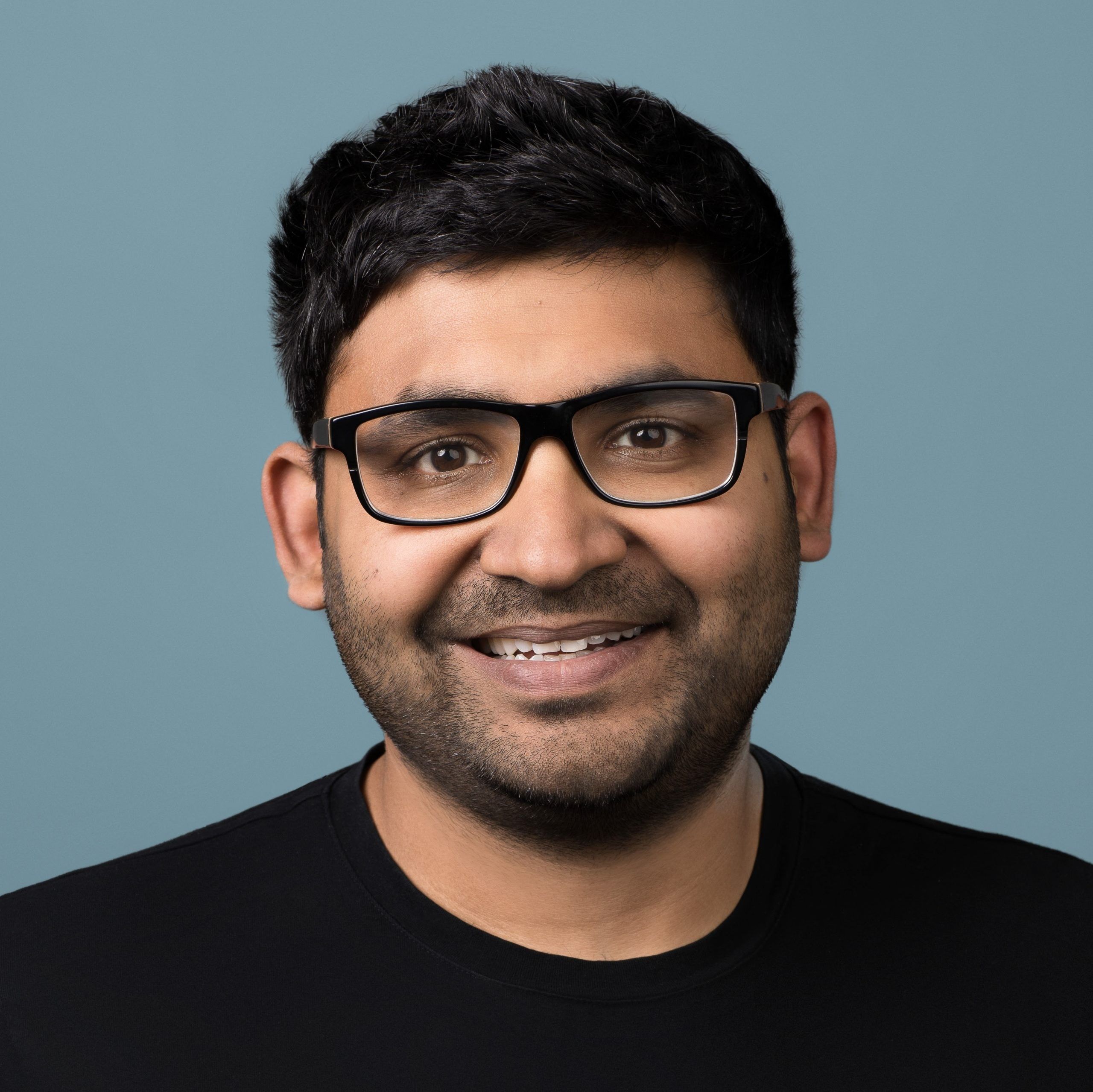
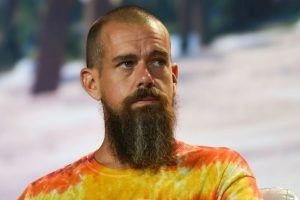
/cdn.vox-cdn.com/uploads/chorus_image/image/70792501/acastro_211129_4896_0001.5.jpg)
